karinto flavors
Karinto Flavors From Across Japan That You Should Try!

Sophia Wasylinko
Posted on February 14, 2025
Share:
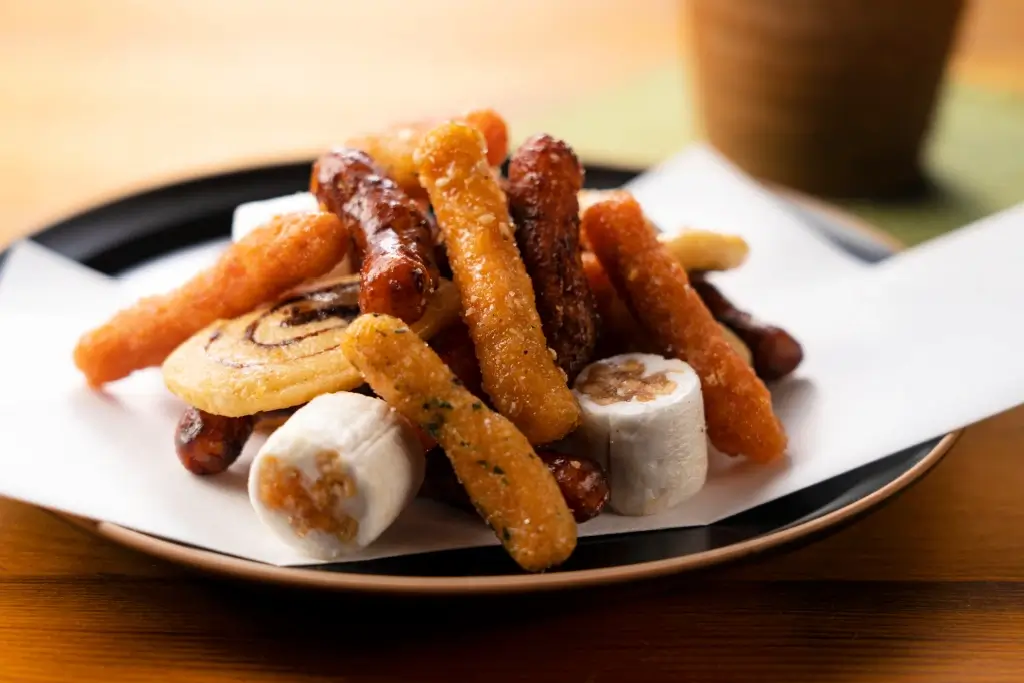
Karinto (or ” karintō“) is a beloved Japanese snack but remains an obscure treat to many Westerners. Made with simple ingredients, it is the perfect souvenir and can be enjoyed in traditional cafés or while commuting to work and school.
While this blog will review karintō’s history, we will focus more on several of its popular or unusual sweet and savory flavors. Here are five karintō flavors from across Japan that beginners should try.
What is karinto?
Karintō is a mysterious wagashi (traditional Japanese snack). Some believe it first appeared during the Nara period (710-794 AD) as a treat for the upper classes. Others believe it was a street food introduced during the Edo period (1603-1686) and was inspired by a Portuguese snack.
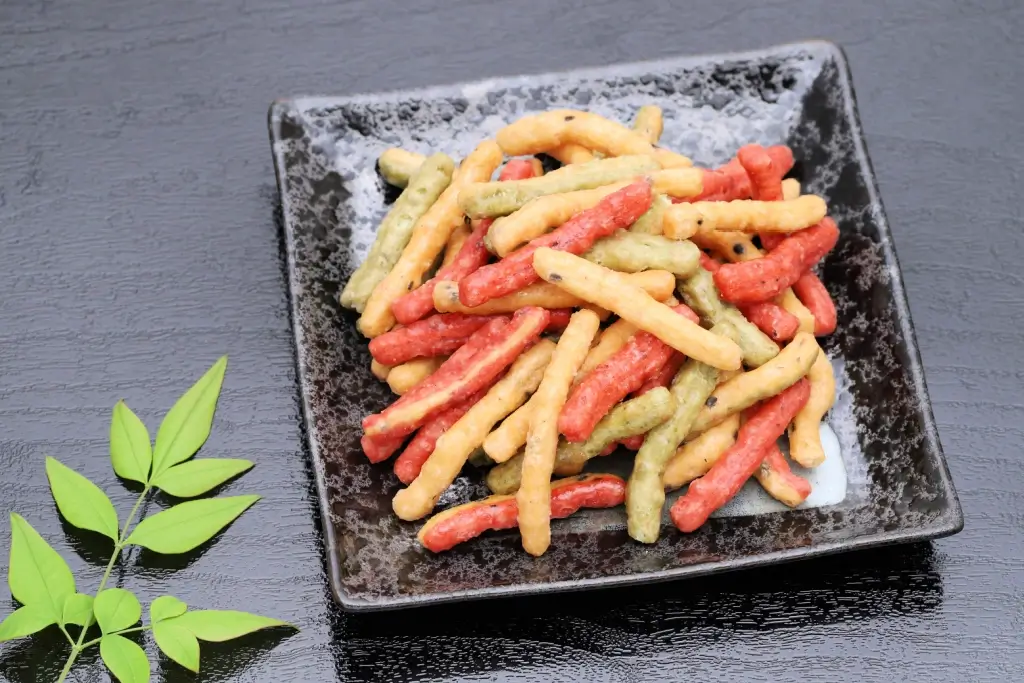
Whatever the case, karintō is delicious and easy to make at home. The dough is made with flour, sugar, and yeast or baking powder. It is cut into strips and deep-fried in vegetable oil for several minutes before adding the flavorings. Now, let’s look at some typical and unconventional karintō seasonings.
Brown sugar
Brown sugar is the most popular karinto flavoring, first used for convenience (white sugar was once restricted to the nobility and very expensive). The presence of molasses gives it its brown color, higher nutritional content, and burnt flavor. Japanese snack lovers might be familiar with kokuto, Okinawa Prefecture’s “healthy” brown sugar.
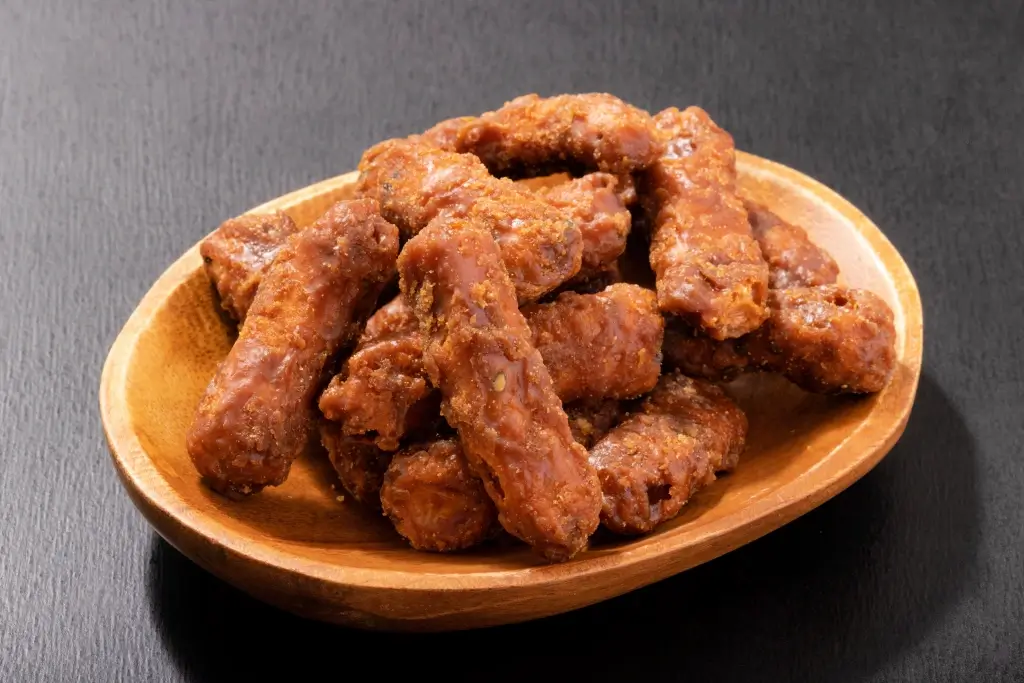
The fried karintō strips are dipped in brown sugar syrup for this classic flavoring and returned to the pan to simmer off the excess liquid. As if that weren’t delicious enough, several confectioneries, including Akutsuya, offer a karintō manju, combining the rich brown sugar with sweet anko (red bean paste).
Sesame seeds
Along with green tea and red bean, goma (sesame seeds) is a popular Japanese flavor that is also healthy. Unhulled kurogoma (black sesame seeds) are especially prized due to their macromineral, mineral, and antioxidant content. Preliminary research shows they might also reduce oxidative stress and improve blood pressure.
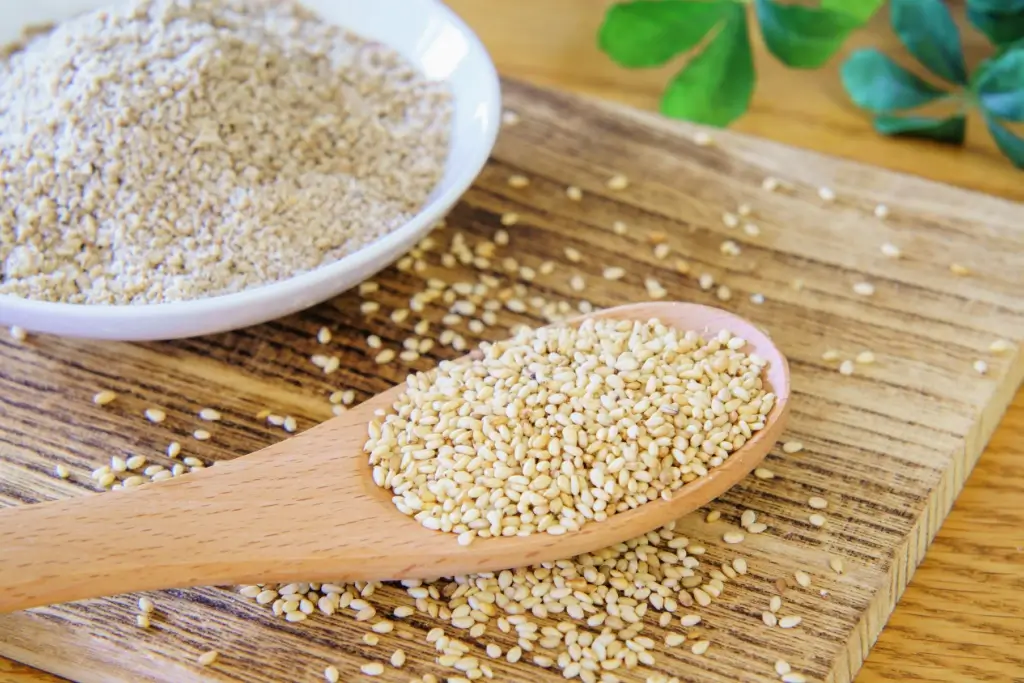
Due to their earthy and slightly sweet profile, kurogoma appears in many traditional Japanese pastries, including karintō. The dough sticks are sometimes coated with sesame and then drizzled with honey. Other variations include sweet potato karintō with sesame seeds, and kurogoma karinto rolled in sea salt, like the ones made by Natsume Confectionery.
Are you looking for great snacks like karinto? Check out Sakuraco! Sakuraco delivers traditional Japanese snacks, teas, and sweets from local Japanese makers directly to your door so you can enjoy the latest treats directly from Japan!
Miso
Another popular Japanese seasoning, miso paste (made with fermented soybeans), brings an umami taste to soups, sauces, and countless home meals. It also provides proteins, antioxidants, and other benefits such as improved gut and immune health. Each type of miso has its unique flavor and usage.
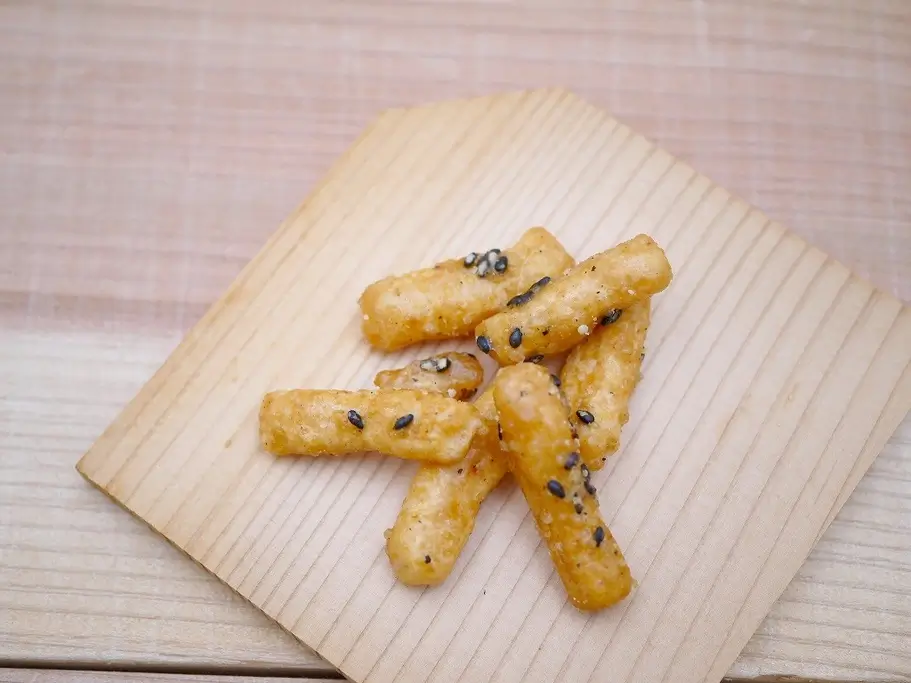
While miso might seem like an odd flavor choice for this snack, its savory tones pair perfectly with karintō’s crunchy and sweet notes. Some manufacturers, like Yukaridou Seik, add chili peppers for a snack that is equal parts sweet, salty, and spicy. Azabu Karintō even offers an option combining miso with Japanese negi (green onion).
Peanuts
Nuts are popular snacks in Japan, and peanuts are no exception. Besides their distinct salty tones and crunchy texture, they offer nutrients such as omega-3 and antioxidants. Beloved Japanese peanut snacks include kakipi (peanuts roasted in batter) and kaki no tane (“persimmon seeds,” peanuts mixed with crescent-shaped senbei).
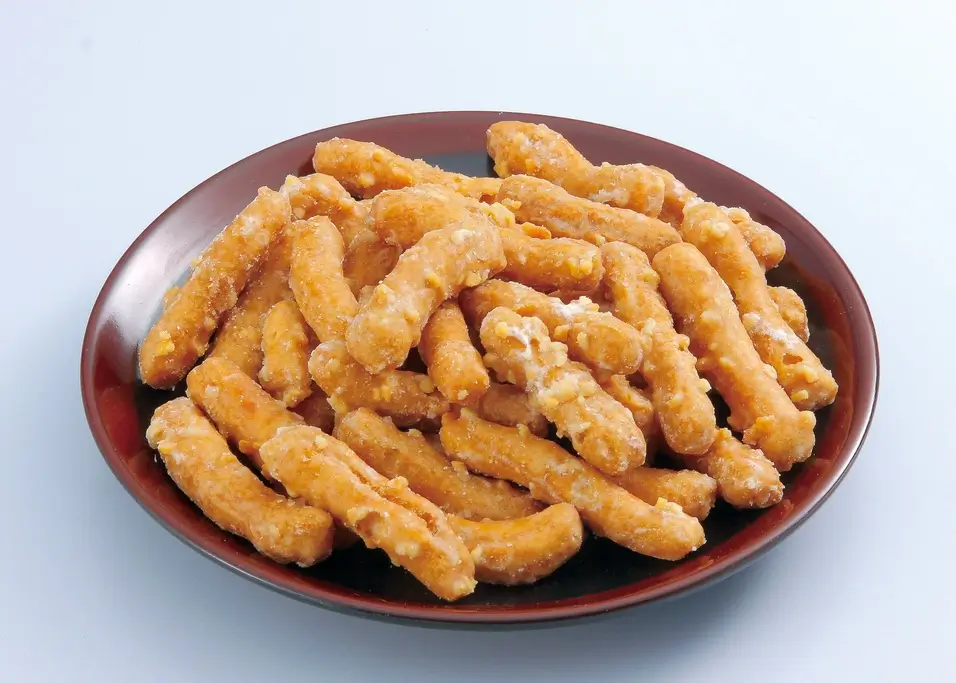
Adding peanuts to karintō on their own creates an exceptionally crispy experience. However, companies like Yamawaki Confectionery roll the dough sticks in honey molasses before sprinkling them with deep-roasted peanuts. Others, like Tokyo Karintō, add golden sesame seeds. Peanuts, brown sugar, honey, and sesame—a winning combination!
Chocolate
Finally, we can’t forget about chocolate. Its sweet flavors pair well with many foods, creating comforting and unusual combinations. Not only that, but Japan is home to various high-end chocolatiers offering chocolate boxes for couples during Valentine’s Day, White Day, and Christmas.

Chocolate karintō is an inexpensive snack that will please anyone’s taste buds. A generous helping of chocolate is kneaded into the dough, sometimes with coffee or almonds. Yamada Confectionery’s version is available in February 2025’s Valentine’s Delights box. Feel free to share it with loved ones or save it for yourself!
Why are these flavors so common?
These karintō flavors are common due to the ingredients’ prevalence in Japanese cuisine. Miso appears in ramen, rice, and other savory dishes, while peanuts are often eaten as snacks. The seasonings also utilize locally sourced items such as Okinawa’s kokuto. This choice helps the specific region gain recognition among Western consumers.
Finally, the flavors lead to interesting pairings, some more adventurous than others. Whether it’s smooth milk chocolate or bitter sesame seeds, they raise the karintō’s popularity and make it a snack that will be gone in seconds.
Karintō is a beloved Japanese snack food that has earned its reputation for being delicious and irresistible. It has many flavors, from classic brown sugar to umami miso and honey-roasted peanut goodness. There’s a karintō type for everyone, between traditional tastes and modern twists. Have you sampled these flavors before? Share your favorites in the comments.
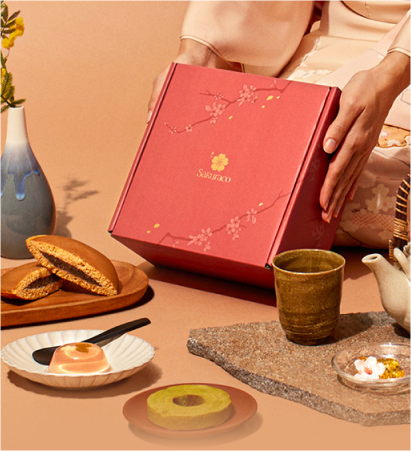
Discover authentic flavors with Sakuraco
Get Sakuraco 

Discover authentic flavors with Sakuraco
Get Sakuraco 
Related Articles
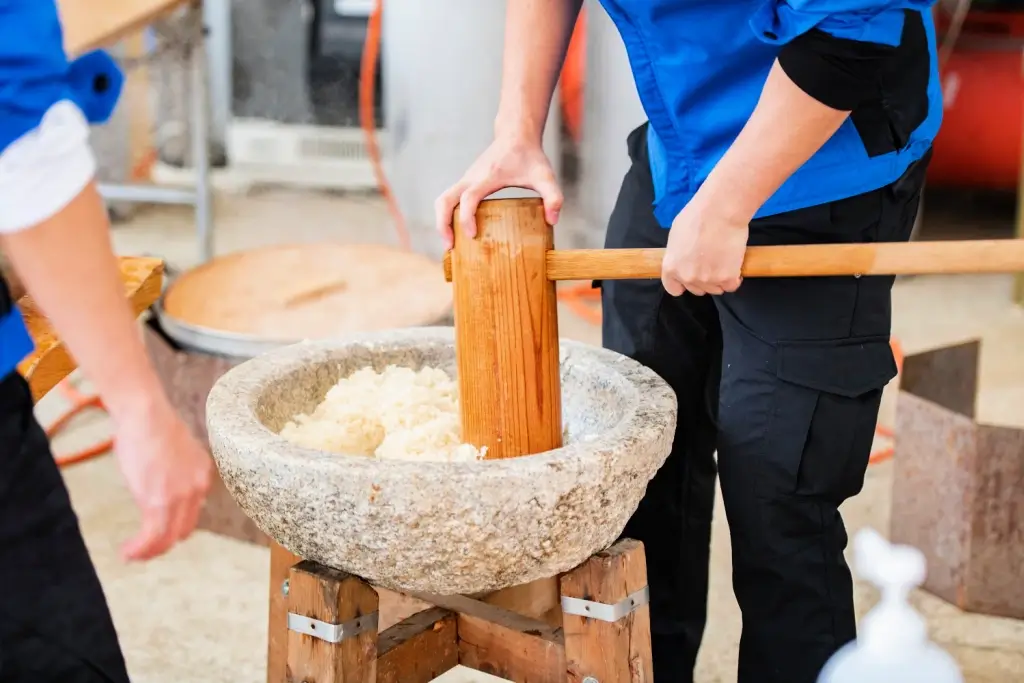
Mochi: How is Mochitsuki Made in Japan?
Mochitsuki is the Japanese tradition of pounding steamed rice to make mochi for the New Year. Families and neighbors gather to participate in this lively and meaningful tradition. The teamwork involved helps everyone feel a sense of connection.
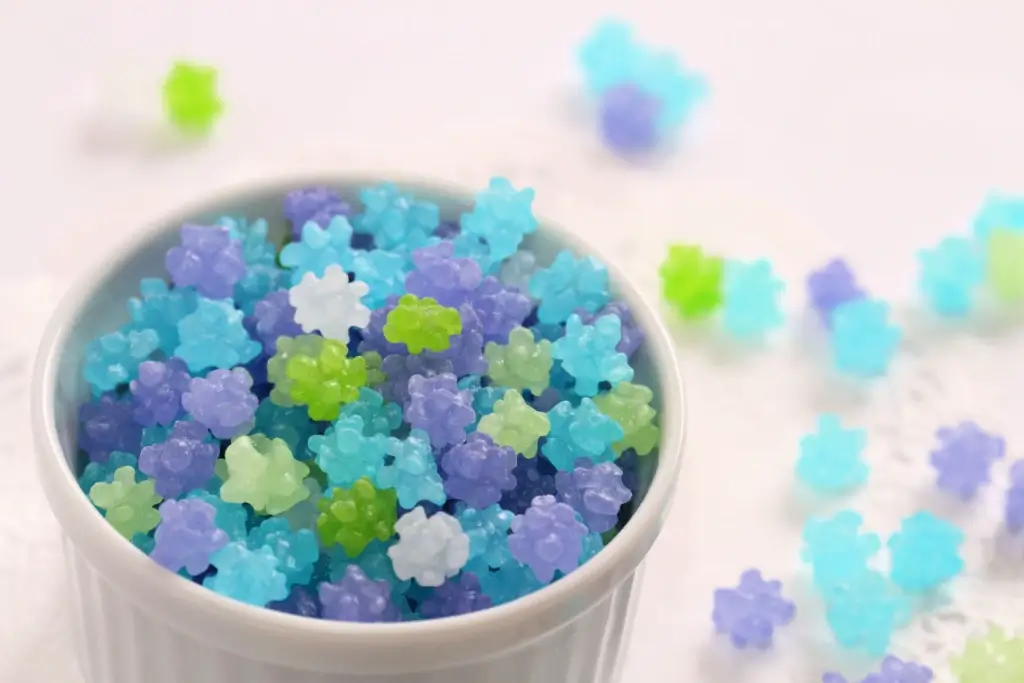
Konpeito Candy: What Makes This Starry Treat Shine?
If you are a fan of the famous Demon Slayer series, then you probably know that the favorite treat of the adorable Nezuko Kamado is those tiny, colorful little sweets.
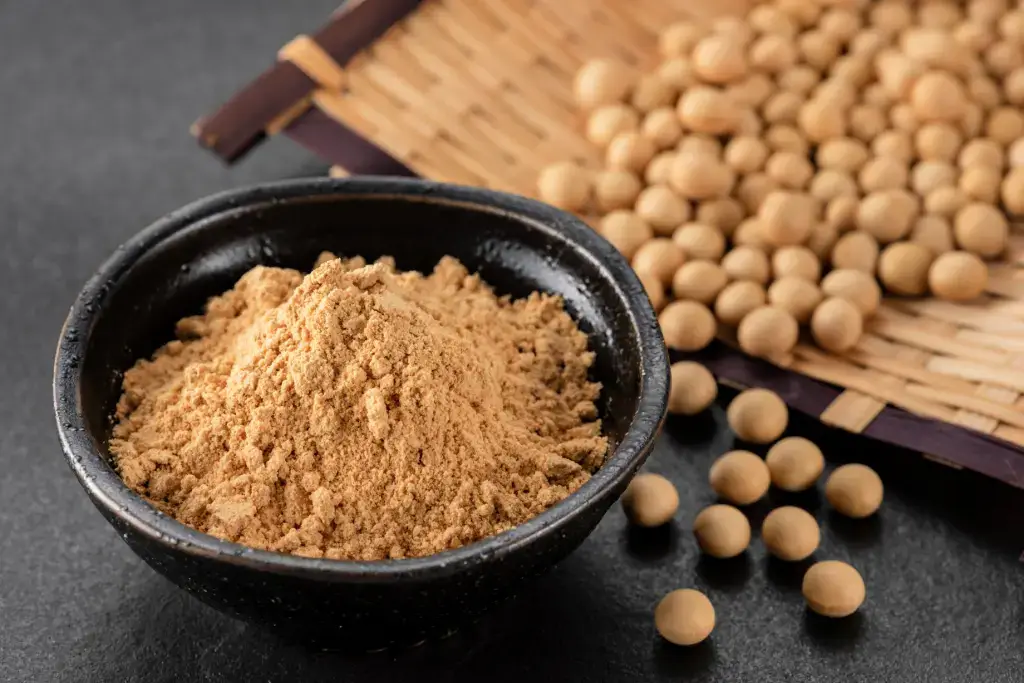
Kinako: The Amazing Roasted Soybean Powder!
Kinako is a very popular ingredient that can easily be found in many traditional Japanese sweets. It has a distinctive flavor, standing alongside other classic tastes such as red bean or sesame. Let’s explore this charming ingredient together, and who knows, you might even be able to make it in your own beloved kitchen!
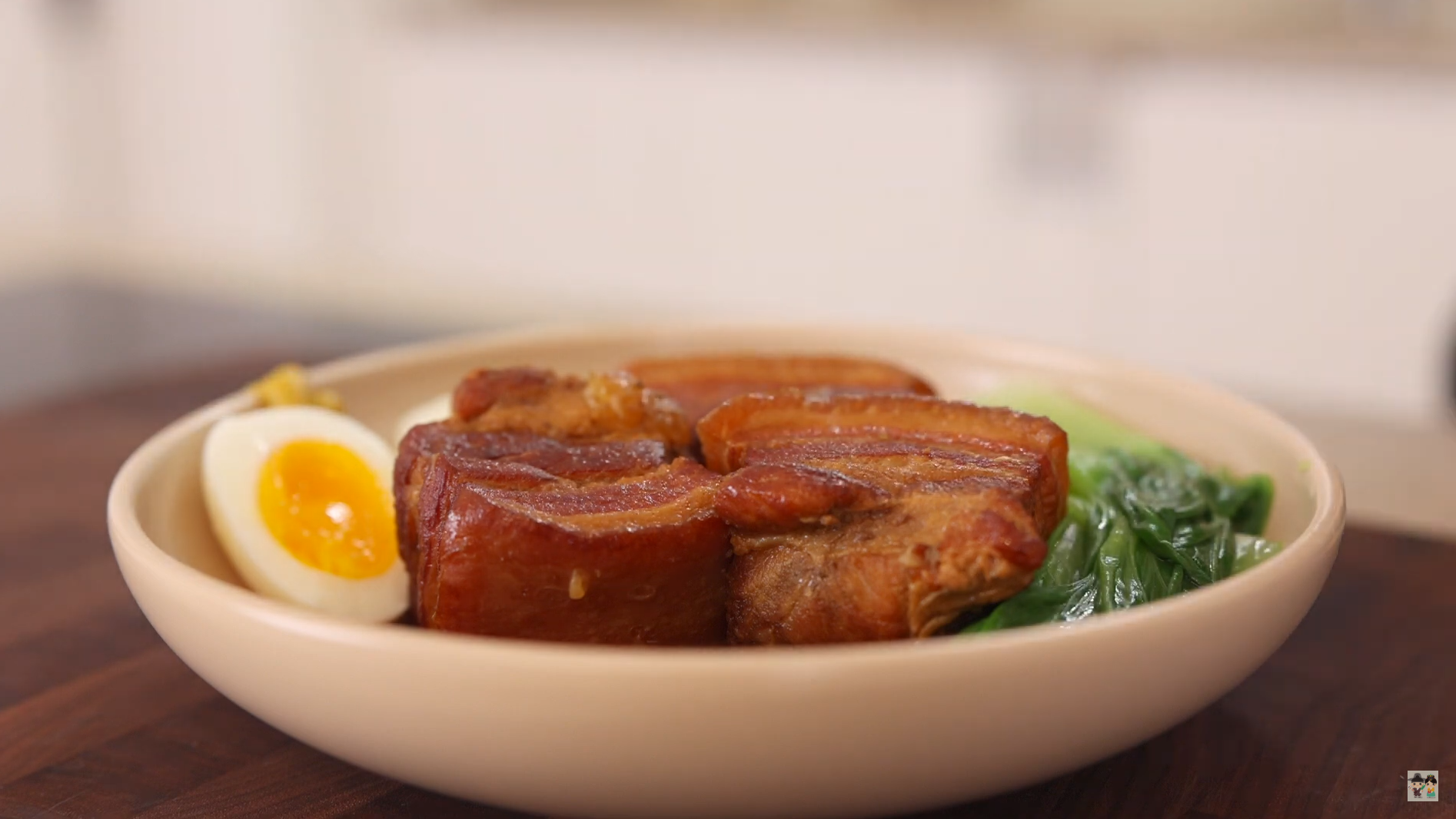
Aaron and Claire Make the Ultimate Japanese Pork Belly: Buta no Kakuni
If you want a Japanese dish that’s rich, tender, and simple to follow, Aaron and Claire show exactly how to make it in this episode. Aaron prepares Buta no Kakuni, a classic braised pork belly dish renowned for its rich flavor and tender texture.



